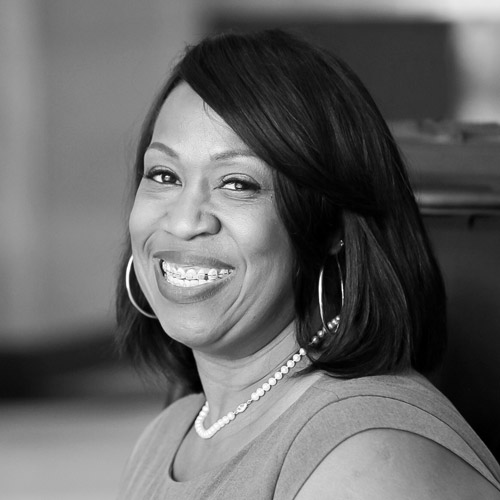Enlivant, the Chicago-based operator of approximately 200 assisted-living communities across twenty states, has reinvented itself. Formerly known as Assisted Living Concepts, the company was acquired by TPG Capital and taken private in 2013. Since then, Enlivant has not only rebranded, but has also been revived by a new executive management team, which includes Pete Tarsney, executive VP and general counsel. He is one of several professionals from a variety of industries who are refocusing the company’s priorities and addressing the issues they inherited.
How have you approached the regulatory issues that existed prior to the company’s acquisition?
Pete Tarsney: State regulations that cover our operations vary by state, so we have a network of local experts and strong national regulatory counsel to address the specifics of each location. When it comes to the regulatory issues that existed when Enlivant was established, we have proactively worked to rebuild a relationship directly with the regulators. We made it clear that we were eager to resolve all outstanding concerns, and as a result have relicensed communities that had lost their certification prior to the acquisition.
Enlivant has chosen to look outside the senior-living industry to build its executive management team, hasn’t it?
Tarsney: Yes. Even though some team members may not have backgrounds specifically rooted in healthcare or assisted living, we each have deep expertise in the areas for which we’re responsible. I came from GE Healthcare, which had more of a technology focus. Our chief HR officer, Peter Smith, worked at companies as diverse as Burger King and AutoNation, which gives him deep experience managing and developing human capital. Other key players came from other industries, but all of them bring the best possible insight and skills in their areas. We think this is a unique approach in senior living, but it’s our way of bringing the top capabilities to the company and to our employees and residents.
Are senior care and retirement living evolving in the same ways as general healthcare?
Tarsney: They are changing, but in ways that are only indirectly related to shifts that initiatives like the Affordable Care Act have brought about. Consistent with the trend and focus on reducing the length of hospital or nursing home stays and advances in medical technology, we have the capabilities to care for people with conditions that would have required a nursing home years ago. So, as the overall healthcare system makes efforts to reduce costs and provide more mobility and comfort for older patients, we provide a more affordable option that allows seniors to live in more “home-like” open environments and still receive appropriate care. As a result of this evolution, the average acuity level has gone up across the senior living industry.
Are you implementing internal changes to help accommodate that evolution and the “bubble” that’s occurring as baby boomers age?
Tarsney: Traditionally, retirement living has been run on a real estate model, identifying appropriate locations or communities and establishing communities there. As baby boomers move into assisted living and the average age for residents has increased to approximately eighty years old, there needs to be greater focus on the healthcare-delivery component of the business and operating models. We also need to leverage information-technology capabilities, which most of our industry is only starting to adopt. This will facilitate more efficient care and coordination and open the door to connecting assisted living to the broader healthcare system in ways that can improve healthcare for seniors.
Speaking of coordination, are there any significant collaborative relationships that help in meeting your responsibilities and achieving company objectives?
Tarsney: We all function as a unified team, but I work closely with Cede Credille, our vice president of care, who heads the nursing staff. I view our teams as being aligned toward the same goals with our residents, so our teams have daily calls with our regional nurses to make sure we’re managing customer care and service appropriately at every step from a collective perspective. We share a lot of information, which enables us to share best practices throughout all of our communities. It might be something as simple as recognizing a better way to manage medications or prevent falls, but the daily contact and open communication provides invaluable opportunities for us to intervene early and make improvements.
What’s unique to Enlivant’s resident-care approach?
Tarsney: We operate on a smaller scale. We’re in smaller cities and usually have between forty to sixty units around a courtyard, not ten-story buildings where you are less likely to know your neighbors and your caregivers. We want the feel of a community, not an institution. That kind of environment helps bring residents together and creates more possibilities for customizing activities for them.
I also view our people, our staff, as our product. We always focus on resident care, of course, but we also want the best employees and to treat those employees well.
The more we do that, the happier they are, and the happier residents will be. The two relationships are interlinked. Good, caring people make all the difference. AHL
